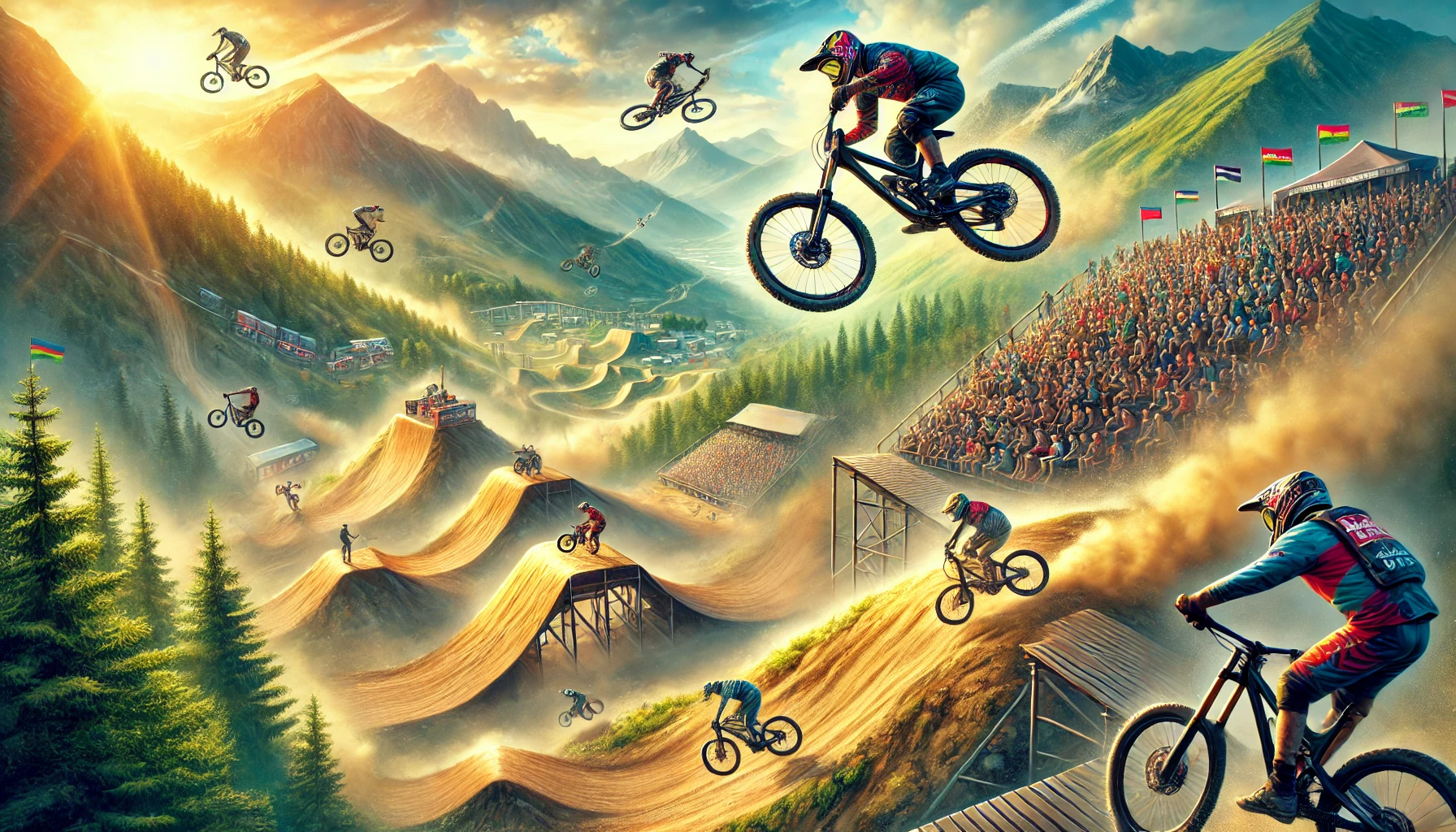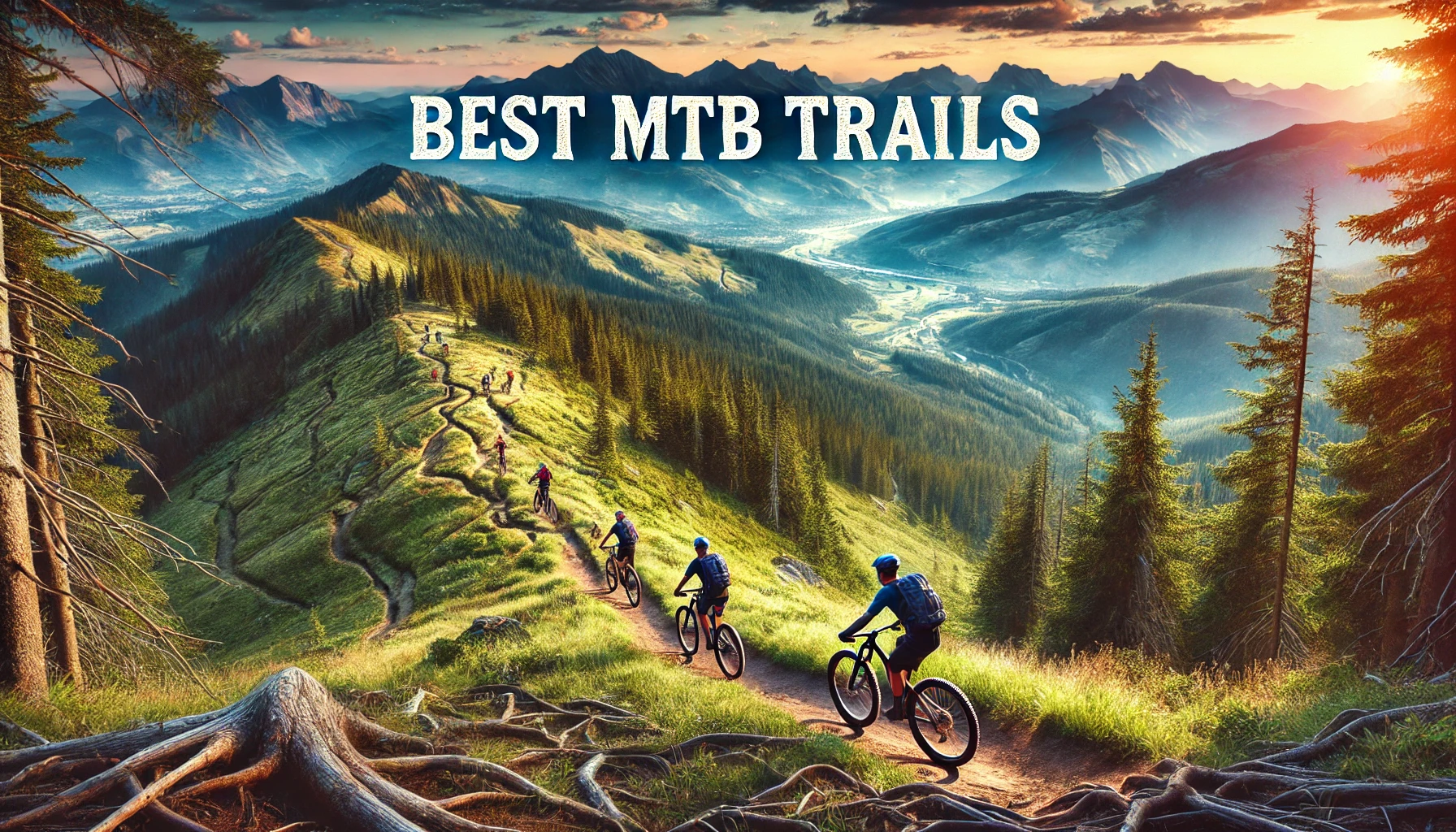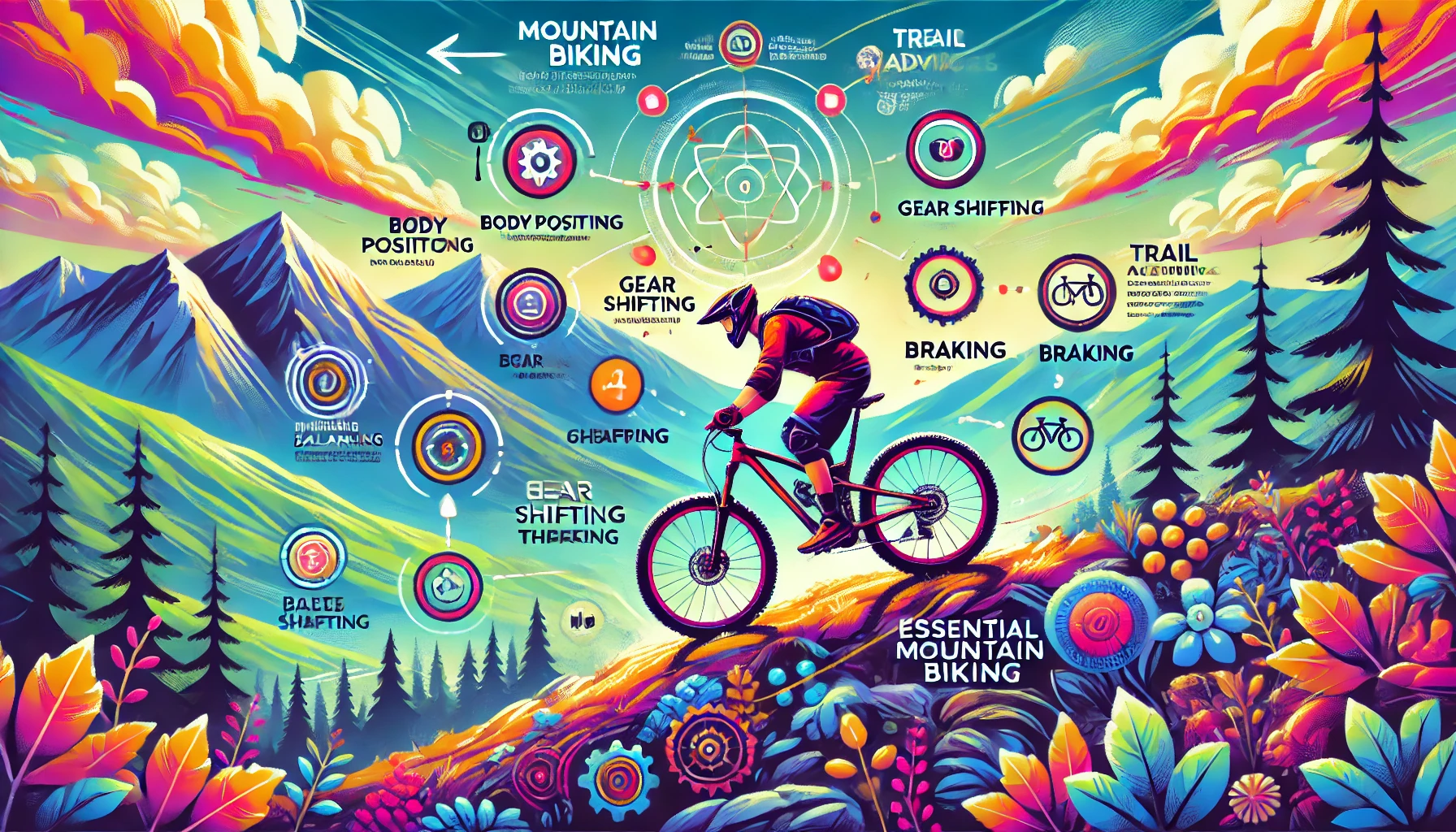The Freeride Mountain Bike (FMB) World Tour is the premier global circuit for freestyle mountain biking, showcasing the world’s best riders as they compete in a series of breathtaking events. Since its inception, the FMB World Tour has pushed the boundaries of what’s possible on a mountain bike, featuring jaw-dropping tricks, massive jumps, and intense competition. In this article, we dive into what makes the FMB World Tour such an exciting spectacle, its history, key events, and the riders who continue to define the sport.
The History of the FMB World Tour
The FMB World Tour was established in 2010 with the goal of unifying the freestyle mountain biking scene. Prior to its formation, various freeride competitions were held independently, but there was no official global ranking or championship. The FMB World Tour brought these events together under one umbrella, creating a structured competition format that allowed riders to earn points and compete for the title of FMB World Champion.
The tour’s creation marked a turning point for the sport, elevating it to new heights and bringing increased recognition and professionalism to freestyle mountain biking. The FMB World Tour has since become a major fixture in the action sports calendar, drawing huge crowds and media attention.
The FMB World Tour Format
The FMB World Tour operates on a points-based ranking system, with riders accumulating points at various events throughout the season. These events are categorized into different levels, each offering a specific number of points based on the difficulty, scale, and prestige of the competition. The categories include:
- Diamond Events: The highest level of competition, featuring the best riders in the world and offering the most points. These events are the crown jewels of the FMB World Tour.
- Gold Events: High-caliber competitions that attract top riders and provide significant points toward the overall ranking.
- Silver and Bronze Events: These competitions are important stepping stones for up-and-coming riders looking to break into the elite ranks of the sport.
At the end of the season, the rider with the most points is crowned the FMB World Champion, a title that represents the pinnacle of success in freestyle mountain biking.
Iconic Events on the FMB World Tour
The FMB World Tour features some of the most legendary and visually stunning events in the world of action sports. Here are a few of the most iconic stops on the tour:
1. Red Bull Joyride (Whistler, Canada)
Held annually at Crankworx Whistler, Red Bull Joyride is the most prestigious event on the FMB World Tour. Known as the “Super Bowl of slopestyle,” Joyride draws massive crowds and features the biggest names in the sport. Riders tackle a custom-built course filled with enormous jumps, drops, and technical features, making it the ultimate test of skill, creativity, and nerves.
2. Red Bull Rampage (Utah, USA)
While technically outside the standard FMB format, Red Bull Rampage is often associated with the tour due to its impact on the sport. Rampage is a freeride event held in the rugged terrain of Utah, where riders build their own lines down a sheer mountain face. The event is known for its raw and dangerous nature, pushing riders to their absolute limits.
3. District Ride (Nuremberg, Germany)
This unique urban event takes place in the heart of Nuremberg, with riders performing tricks on a course built through the city’s historic streets and squares. District Ride is known for its incredible atmosphere and creative course design, offering a one-of-a-kind experience for both riders and spectators.
4. Crankworx Innsbruck (Austria)
Part of the Crankworx series, the Innsbruck stop is a Gold-level event that features a mix of slopestyle and freeride elements. Riders compete on a challenging course set against the backdrop of the Austrian Alps, delivering some of the most exciting action on the tour.
The Stars of the FMB World Tour
Over the years, the FMB World Tour has produced some of the biggest stars in the world of action sports. These riders have redefined what’s possible on a mountain bike and continue to push the limits of the sport:
- Brandon Semenuk: A Canadian rider often considered the greatest slopestyle athlete of all time, Semenuk has dominated the FMB World Tour and is a multiple-time Red Bull Joyride champion.
- Emil Johansson: A young Swedish rider who has quickly risen to the top of the sport, Johansson is known for his technical precision and innovative tricks. He has become a dominant force on the tour in recent years.
- Brett Rheeder: Another Canadian legend, Rheeder has won numerous FMB World Tour events and is known for his style and versatility across different disciplines.
The Evolution of Freestyle Mountain Biking
The FMB World Tour has played a crucial role in the evolution of freestyle mountain biking. As the sport has grown, so too have the size, complexity, and creativity of the tricks being performed. Riders now routinely execute double backflips, 720s, and other gravity-defying stunts that were once considered impossible. The tour has pushed riders to innovate and take risks, leading to a constant progression in the sport.
Moreover, the FMB World Tour has helped bring freestyle mountain biking into the mainstream. The media coverage, sponsorship deals, and professional infrastructure surrounding the tour have contributed to the sport’s growth and popularity, inspiring a new generation of riders.
Conclusion
The FMB World Tour is more than just a series of competitions—it’s a showcase of the incredible talent, creativity, and fearlessness that define freestyle mountain biking. From the legendary events that draw thousands of spectators to the riders who continually push the boundaries of the sport, the FMB World Tour is the heart of the global freeride scene. As the sport continues to evolve, the tour remains a driving force behind its growth, ensuring that freestyle mountain biking remains one of the most exciting and dynamic disciplines in action sports.


